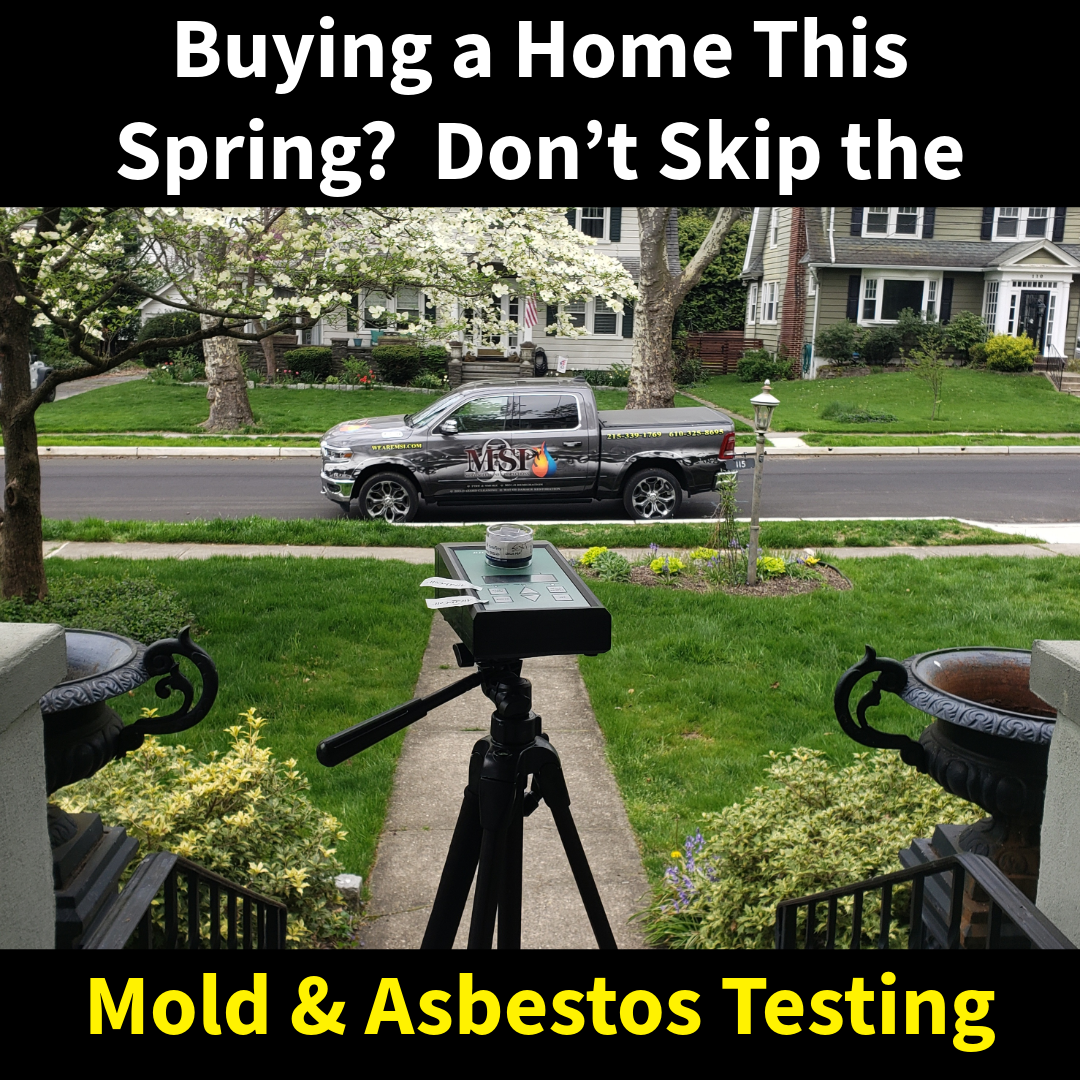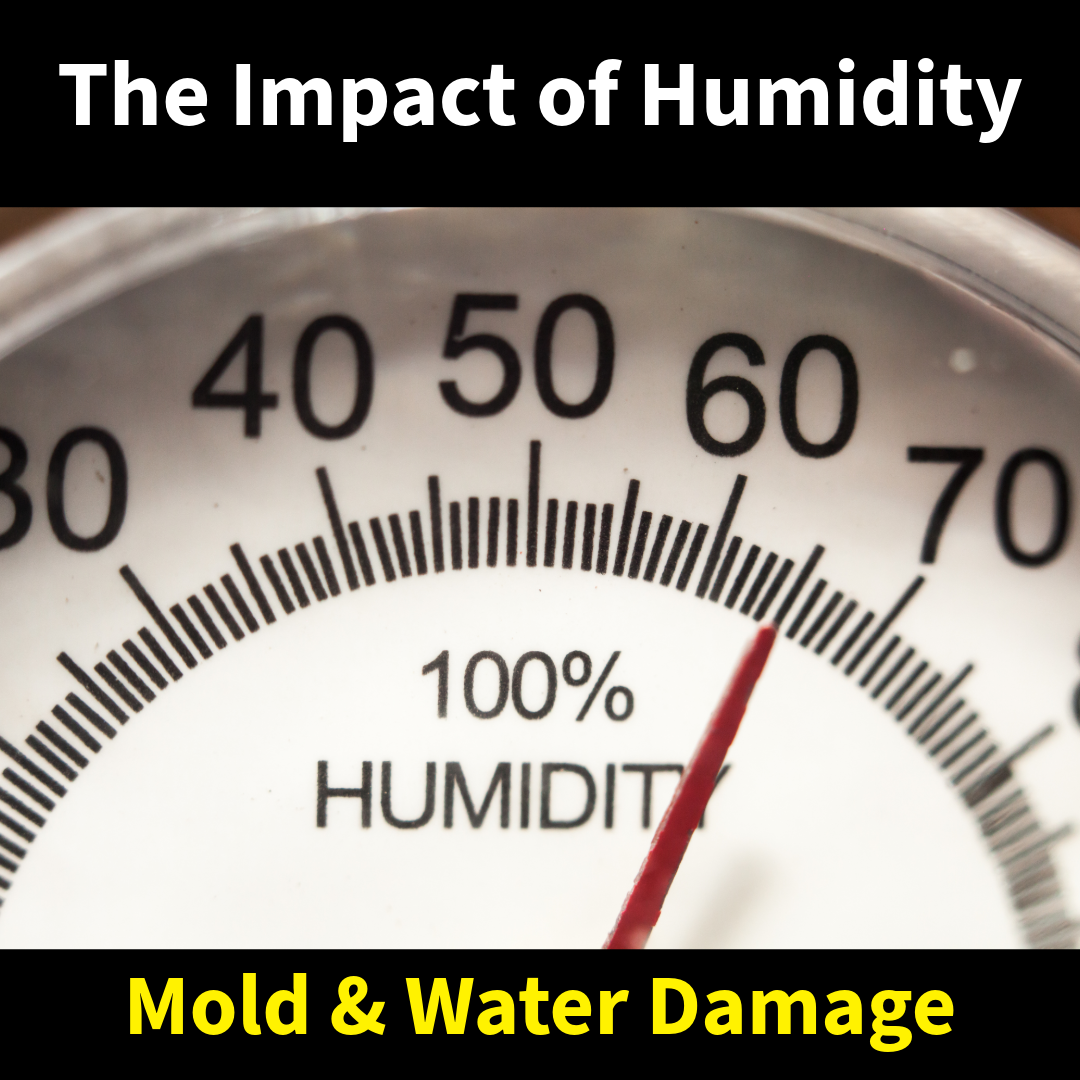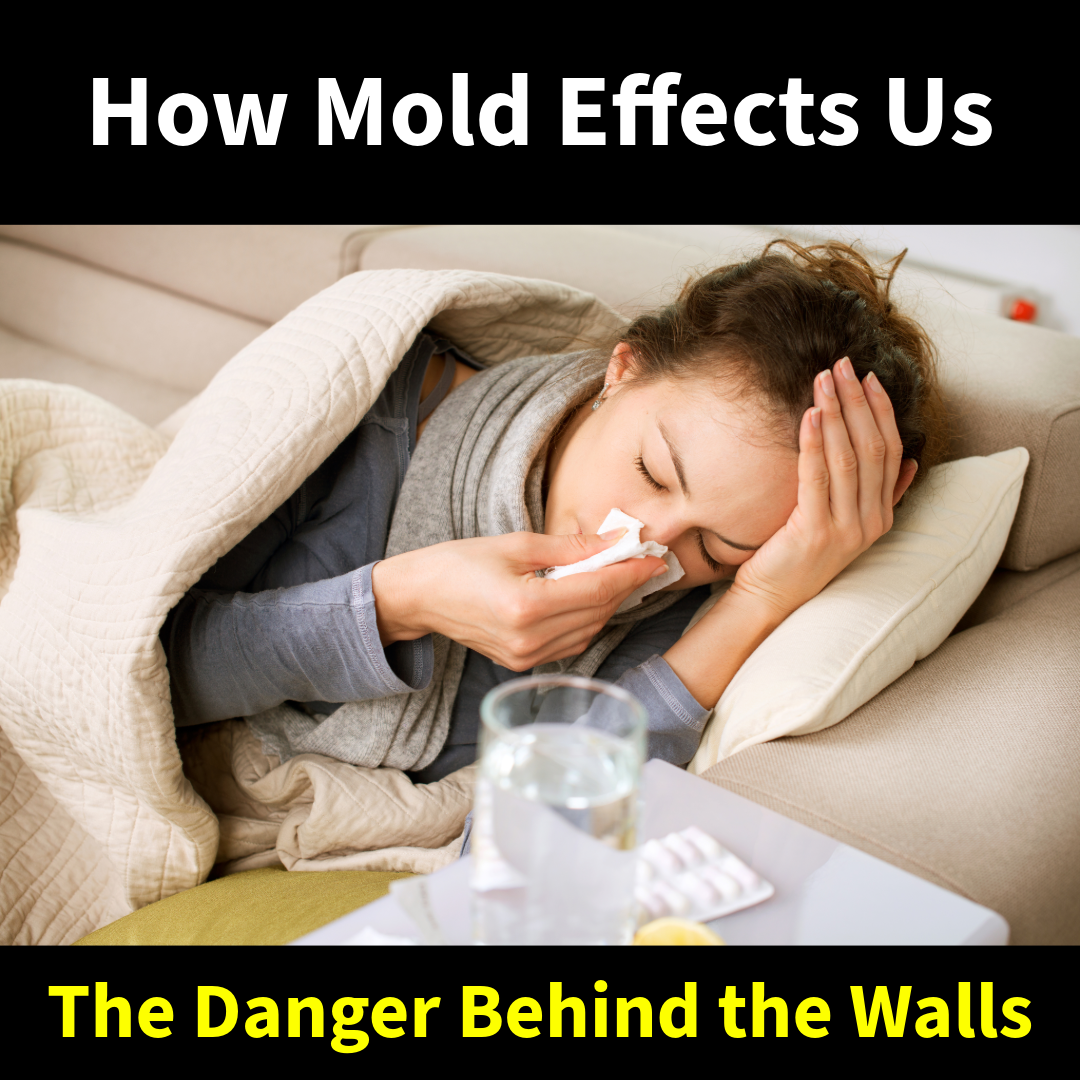Spring is the busiest time of year for real estate—and in today’s fast-moving housing market, buyers are often pressured to skip inspections just to stay competitive. But waiving a mold or asbestos inspection to win a bid can turn your dream home into a nightmare.
At MSI, we’ve seen too many homeowners move in, only to discover costly—and dangerous—issues lurking behind the walls. Here’s why a proper inspection is one corner you don’t want to cut.
Hidden Mold = Health Hazards + Big Repairs
Mold doesn’t care if your home looks move-in ready. Even beautiful, recently renovated houses can hide serious water damage or active mold growth behind fresh drywall. Leaky roofs, poor ventilation, or unfinished basements are common culprits.
Without a mold inspection, you could be signing up for:
- Costly remediation work after move-in
- Chronic allergies, asthma flare-ups, or other health issues
- Insurance headaches if it’s classified as a “pre-existing” condition
Asbestos: Still Found in Homes Built Before the 1980s
You might think asbestos is a thing of the past—but it’s still found in many homes built before 1980, especially in:
- Floor tiles and mastic
- Pipe insulation
- Popcorn ceilings
- Old HVAC duct tape
- Siding and roofing materials
If disturbed during renovations, asbestos can become airborne and dangerous to your health. And here’s the kicker: home sellers aren’t always required to test for it.
Skipping These Tests Could Cost You Thousands
A mold or asbestos problem isn’t just a health risk—it’s a financial one. Cleanup and remediation can easily run into the thousands. Worse, some mortgage lenders may require these issues be addressed before finalizing a loan.
For a fraction of your closing costs, you can avoid a massive financial surprise down the road.
Don’t Rely on the Seller’s Word—Get Your Own Testing
Even if the home “smells fine” or “looks clean,” these hazards can be invisible. Sellers often aren’t aware of issues—or may not disclose them if they’re doing a fast flip.
That’s where we come in. MSI has been testing homes for mold and asbestos since 1998. Our certified inspections are fast, thorough, and trusted by real estate professionals and attorneys alike.
Buying a Home? Book a Pre-Purchase Mold and Asbestos Inspection with MSI
Before you sign on the dotted line this spring, give yourself peace of mind. A quick inspection now can save you from major regrets later.



